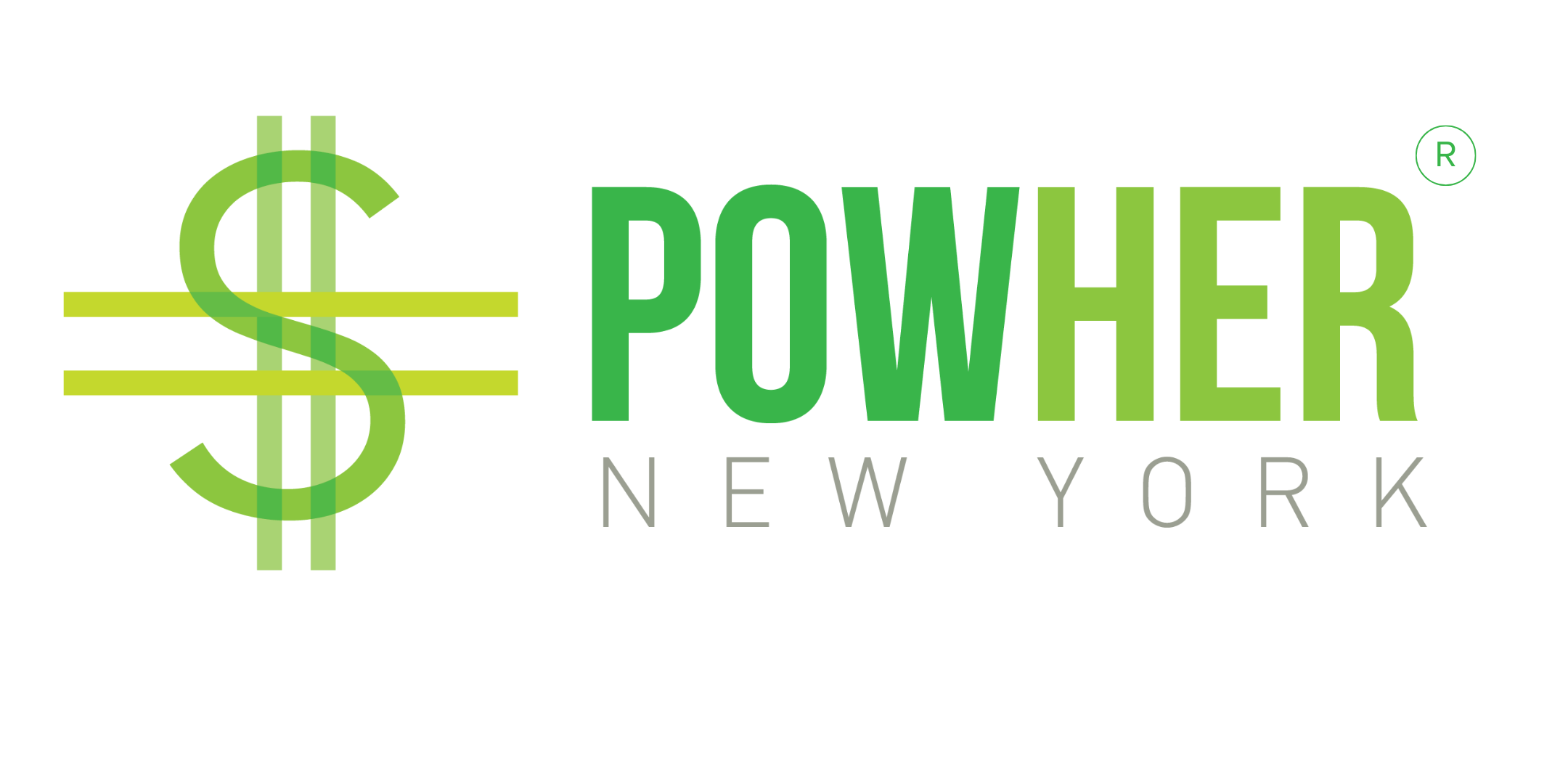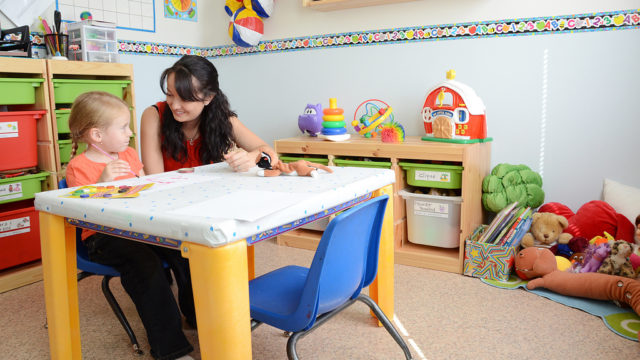This blog post was written by Kate Breslin from The Schuyler Center for Analysis and Advocacy for our 2018 PowHer The Vote campaign.
In a powerful article in the New York Times, “Americans Want to Believe Jobs Are the Solution to Poverty. They Are Not,” Evicted author, Matthew Desmond, explains that hard work is no longer enough to pull working Americans out of poverty. Low wages without benefits keep many workers – notwithstanding their diligence or dedication – from ever moving up the ladder from poverty into economic security. And, he demonstrates, “the working poor are not primarily teenagers bagging groceries. . . [t]hey are adults – [ ] often parents,” who face the added challenges of juggling parenting with working. New York is no exception. Sixty-five percent of children in poor families, have at least one parent who is employed at least part-time.1
Among the many obstacles standing between New York working families and economic security is the high cost of quality child care. New York State ranks among the most expensive states for child care in the nation.2 The average cost for full-time center-based care is $15,000 a year for an infant, more than $14,000 for a toddler, and $12,000 for a preschooler.3 For a single parent earning the minimum wage – approximately $24,960 per year – child care costs are far out of reach.
The bottom line: for low-wage working parents, wages alone cannot pull their families out of poverty, particularly if they have to pay for child care. The math simply does not work out.
And, it is estimated that approximately 80% of low-income New York families who could benefit from a child care subsidy do not receive one due to inadequate state and federal investment.4 This leaves many low-income working New York parents facing impossible choices. Do they cut their work hours, leading them to fall deeper into poverty? Do they patch together child care with well-meaning, but untrained relatives or neighbors?
New Yorkers have an opportunity this November to elect state leaders who will put child care, fair wages, and other family supports at the TOP of their agendas so that once again, hard work will lead to economic security – for all New Yorkers.
Notes
-
National Center for Children in Poverty (NCCP). (2017, May 17). New York: Demographics of Poor Children. Retrieved January 5, 2018, from http://www.nccp.org/profiles/NY_profile_7.html.
-
Child Care Aware of America. (2017). Parents and the High Cost of Child Care. https://usa.childcareaware.org/wp-content/uploads/2017/12/2017_CCA_High_Cost_Appendices_FINAL.pdf.
-
Child Care Aware of America. (2018). 2018 State Child Care Facts in the State of New York. https://cdn2.hubspot.net/hubfs/3957809/State%20Fact%20Sheets/New%20York_Facts.pdf?__hssc=122076244.1.1533927025749&__hstc=122076244.3523db02ca1ae2f3ce74b986d543b418.1531320770025.1532375353515.1533927025749.4&__hsfp=1476438118&hsCtaTracking=3d39ccd0-fd63-4431-9bfb-22f0787859d1%7C444db6d2-1d89-4f50-bab6-6225711af1fd.
-
See Schmit, Stephanie and Walker, Christina. (2016, Feb.) Disparate Access: Head Start and CCDBG Data by Race and Ethnicity; Appendix IV. Low-Income Children Ages 0-13 Served by CCDBG by Race and Ethnicity. CLASP. https://www.clasp.org/sites/default/files/public/resources-and-publications/publication-1/Disparate-Access.pdf (reporting that 122,233 children were served, or about 80% of those eligible); New York State’s Office of Children and Family Services estimated that 126,000 children received subsidies each month during 2015-16 (power point presentation, (“Child Care Subsidy Program Overview,” presented at Child Care Roundtable, August 17, 2017).


